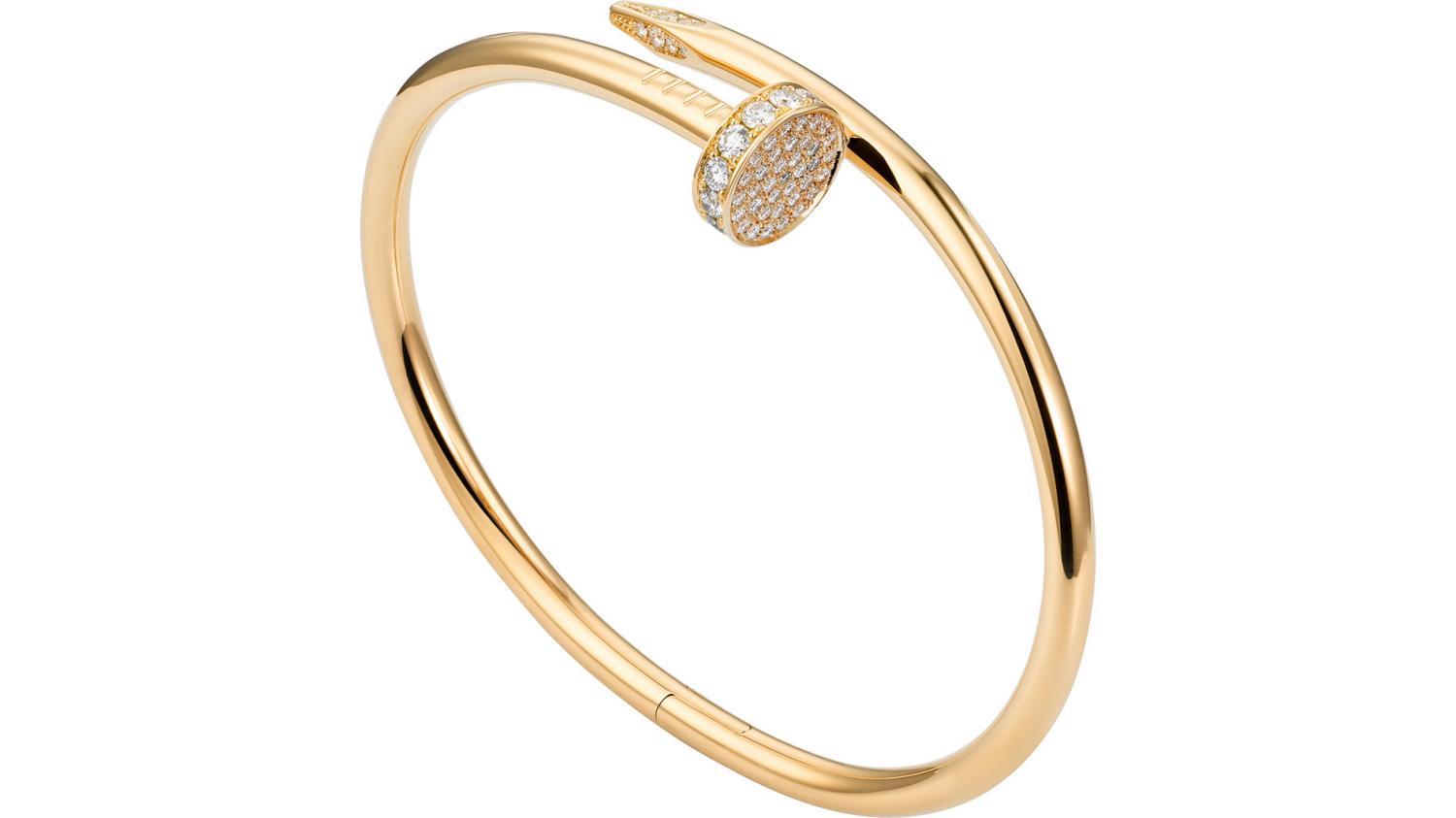Still, it would sound like a terrible idea, If it were n’t for the fact that it’s one of the most covetable particulars of jewellery around. A cuff that’s a nail. Or, maybe, a nail that’s a cuff. Yet Cartier’s Juste un Clou is proof not only that everything sounds more in French( when it was launched in 1971 it was called the Nail cuff), but that ultramodern luxury can be as important about what you do n’t anticipate as what you do.
In this case what you anticipate is the solid gold, and conceivably the voluntary diamonds. What you do n’t anticipate — or, at least, what you would n’t anticipate if this had n’t come one of the most recognisable realities in the Cartier line- up — is that these precious accoutrements would be reincarnated in the form of commodity so humdrum, so workaday.
Except the result is, dispensable to say, anything purely. Should you turn up nearly wearing the top- of- the- range choker set with 162 diamonds(£ 98,000,cartier.com), no bone
is going to mistake you for a chippy come to put up some new shelves.
There’s a kind of slippage between sign and signifier with Juste un Clou that renders the results — be it the original cuff or the myriad other performances since — inimitably contemporary. And this is the case indeed though it's further than 50 times since Aldo Cipullo, Cartier’s also developer, came up with the conception.
The same could be said for the less well- known Spanner cuff Cipullo designed under his own brand name a sprinkle of times latterly( a gold replication is available as I write on1stdibs.com for about£ 11,500), not to mention his gold and diamond mesh charm choker — a slightly more problematic wear and tear for utmost of us, I imagine( about£ 3,500 on the same website).
Cipullo may not be as celebrated as fashion’s most outstanding surrealist, Elsa Schiaparelli, but when it comes to endlessness he knocks indeed her off her considerable pedestal. It’s because he splices surrealism with another- ism — minimalism. Schiaparelli is best flashed back for her clothes, of course, but she decided numerous of the same themes in her jewellery, be it a lobster brooch or a pendant of plum peas in a gold cover. These are awful particulars but they're also period pieces.
There's nothing period about Juste un Clou. To this day there’s a punkishness to its aesthetic, indeed though it anticipated the factual punk movement by several times. It’s more in line with the work of another surrealist, Meret Oppenheim, whose fur demitasse and ladle of 1936 could have been supplicated history as well as, ever, numerous centuries agone.
Oppenheim sought out symbols with a “ fluid and changeable impact ”, she formerly stated, and the same could be said of Cipullo. Another similarity between their work? That there's that ancient, nearly fabular quality to their creations — a sense that they come with a story.
The narrative behind Cipullo’s notorious other creation for Cartier, the Love cuff, is clear. It must be squinched together with a special screwdriver, and was firstly conceived as a his- and- hers purchase. Meaning? You and your nut are locked in.
